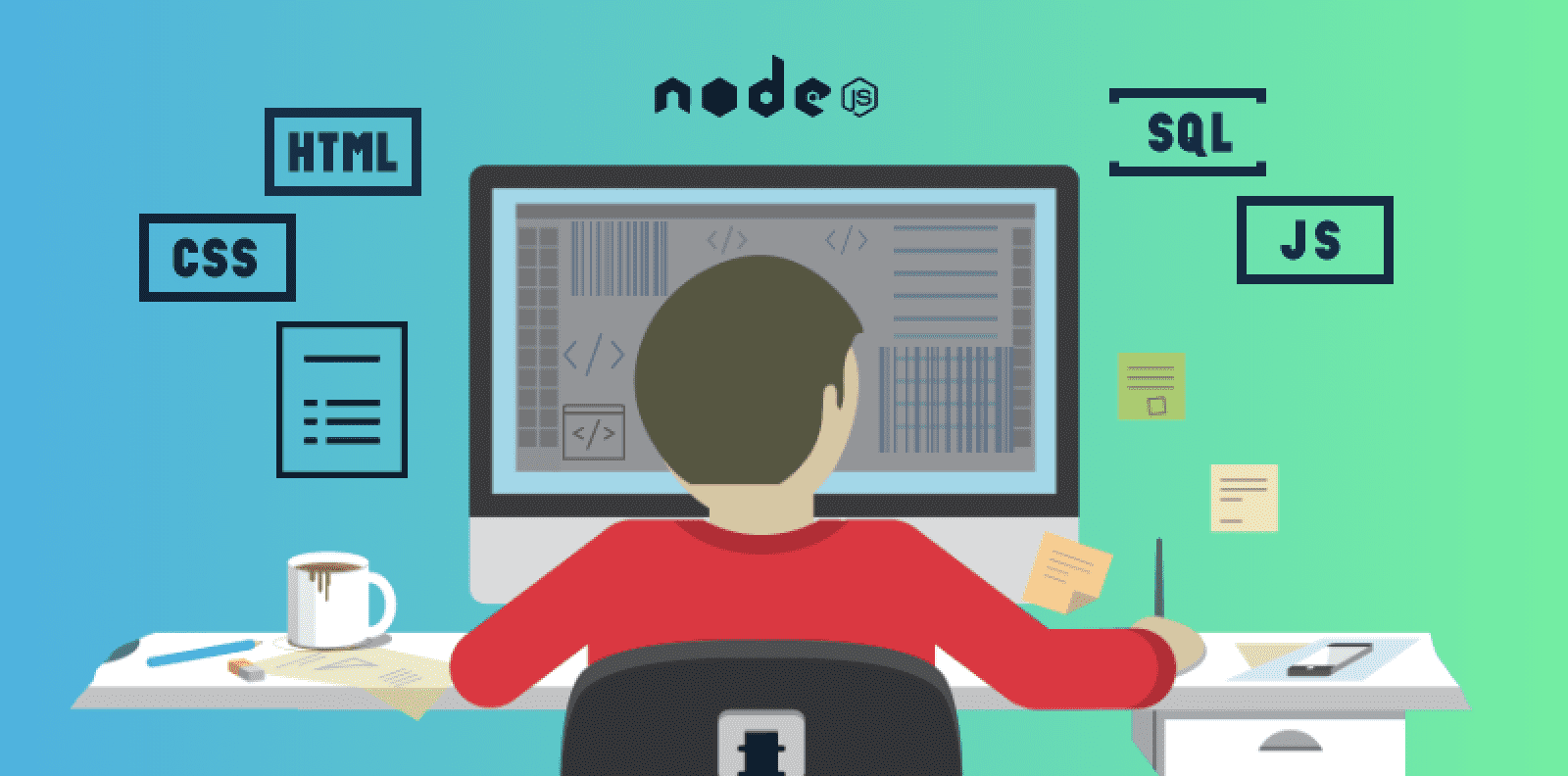Finding and Thriving in Remote Frontend Developer Jobs

Introduction
In the realm of web development, frontend developers play a critical role in crafting user experiences. With the rise of remote work, remote frontend developer jobs have become increasingly popular. This guide will walk you through finding these opportunities and excelling in them. The transition to remote work has allowed many to embrace a more flexible work-life balance, making these positions even more appealing.
Part I: Finding Remote Frontend Developer Jobs
Job Listings and Platforms
While traditional job boards like LinkedIn or Indeed may have remote frontend positions, specialized platforms like Stack Overflow Jobs, Remote OK, or We Work Remotely often feature tech-specific remote roles. These niche platforms are tailored to the tech industry, making your job search more efficient.
Portfolio and Personal Branding
A strong online presence can attract potential employers. Ensure your portfolio showcases your best work, and consider writing tech articles or giving talks to establish yourself in the community. A well-maintained GitHub repository can also give potential employers a real-time view of your coding prowess.
Networking
Engage with other developers on platforms like GitHub, Twitter, or Discord. Joining frontend or remote work communities can open doors to job referrals and collaborations. Remember, sometimes, it's not just what you know, but who you know.
Part II: Applying for Remote Frontend Jobs
Tailored Applications
Customize your cover letter and resume for each application. Highlight your remote work experience, frontend skills, and projects relevant to the job description. A personalized application shows employers you're genuinely interested in the role.
Technical Tests and Challenges
Many companies have coding tests as part of their hiring process. Familiarize yourself with common frontend challenges and practice on platforms like CodePen or Frontend Mentor. Spending time on these challenges can give you a competitive edge.
Interviews
Prepare for both technical and cultural fit interviews. Understand the company's values and be ready to discuss how you handle remote work challenges. It's also beneficial to ask questions to gauge if the company aligns with your personal values and career goals.
Part III: Succeeding in Remote Frontend Roles
Effective Communication
Clear communication is crucial in remote settings. Regularly update your team on your progress and challenges. Use tools like Slack or Microsoft Teams for instant messaging and Zoom for video meetings. Remember, in a remote setting, overcommunication is often better than undercommunication.
Time Management
Establish a routine and stick to it. Use tools like Trello or Asana to manage tasks and set daily or weekly goals. Being disciplined in your schedule ensures consistent productivity.
Continuous Learning
The frontend landscape evolves rapidly. Stay updated with the latest frameworks, libraries, and best practices by following industry leaders, attending webinars, or taking online courses. Adaptability is key in the ever-evolving tech world.
Part IV: Building a Collaborative Remote Frontend Team
Pair Programming
Tools like Visual Studio Code Live Share allow developers to collaborate on code in real-time, fostering learning and ensuring code quality. This practice not only improves code quality but also enhances team cohesion.
Code Reviews
Regular code reviews ensure consistent code quality, promote best practices, and help team members learn from each other. Constructive feedback during these sessions can lead to significant growth for developers.
Team Building
Organize virtual hackathons, design sprints, or frontend challenges. Casual interactions like shared coding sessions or game nights can also foster camaraderie. These activities help in bridging the physical gap in remote teams.
Part V: Staying Healthy and Balanced
Ergonomic Workspace
Set up an ergonomic workspace to prevent physical strain. Invest in a good chair, monitor, and keyboard. The right setup not only increases productivity but also ensures long-term health.
Breaks and Downtime
Take regular breaks to stretch or walk around. Set boundaries to ensure work doesn't encroach on personal time. Remember, burnout is real, and taking breaks can significantly improve overall well-being.
Mental Health
Remote work can be isolating. Stay connected with peers, seek feedback, and consider professional mental health support if needed. Open dialogue about mental health can create a supportive work environment.
Part VI: Keeping Up with Frontend Trends
Newsletters and Blogs
Subscribe to frontend-focused newsletters like CSS-Tricks, Smashing Magazine, or Frontend Focus to stay updated. Being in the loop helps in staying ahead in your career.
Conferences and Workshops
Attend virtual frontend conferences, workshops, or meetups. They offer learning opportunities and a chance to network. Meeting peers and experts can provide invaluable insights.
Open Source Contributions
Contributing to open source projects can help you learn, improve your coding skills, and establish a reputation in the developer community. It's a win-win, as you give back to the community while building your profile.
In conclusion, remote frontend developer jobs offer a blend of technical challenges and the flexibility of remote work. With dedication, continuous learning, and effective communication, you can thrive in these roles and advance your career. Embrace the remote work revolution and harness its potential.


